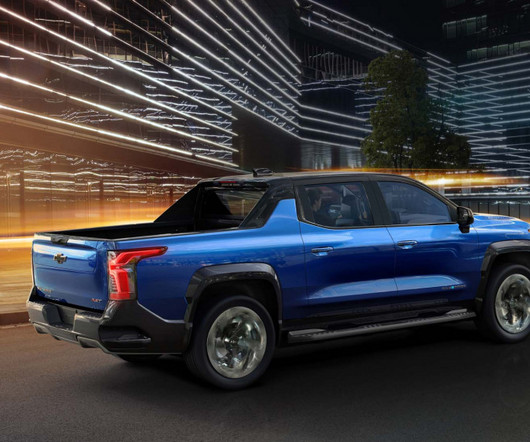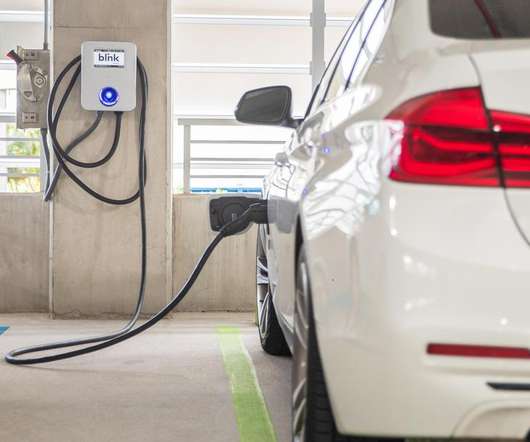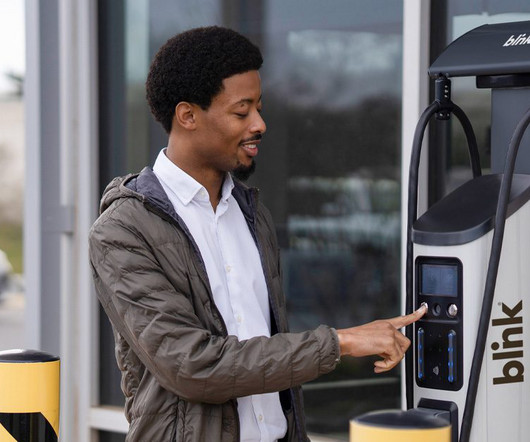Taycan review, Equinox EV deal, R1T top safety, 70-mile PHEVs: The Week in Reverse
Baua Electric
APRIL 7, 2024
Is CEO Elon Musk costing Tesla sales? As several executives suggested this past week at the New York Auto Show, they’re also a key to enable the next generation of 70-mile plug-in hybrids , as incentivized by California, without compromise. 2024 Rivian R1T Could the safest pickup be fully electric?












Let's personalize your content